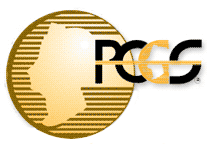 It’s been about nine years since I first saw a cabinet full of Australian PCGS-graded coins at a local coin show. The year was 2007, and my first thought was that ACGS (Australia’s professional coin grading service at the time) had changed over from the soft, plastic flips to the hard “slabs” similar to those used by the Americans. As I examined the hard, plastic holders more closely, I realised that these were not the next generation ACGS slab. They were the American slabs, and the grading company was not some small, start-up Australian grading service, but the largest grading service in the world, the Professional Coin Grading Service (PCGS).
It’s been about nine years since I first saw a cabinet full of Australian PCGS-graded coins at a local coin show. The year was 2007, and my first thought was that ACGS (Australia’s professional coin grading service at the time) had changed over from the soft, plastic flips to the hard “slabs” similar to those used by the Americans. As I examined the hard, plastic holders more closely, I realised that these were not the next generation ACGS slab. They were the American slabs, and the grading company was not some small, start-up Australian grading service, but the largest grading service in the world, the Professional Coin Grading Service (PCGS).
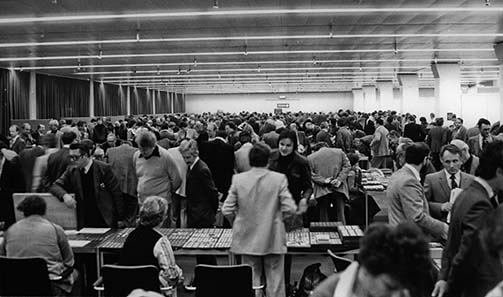
World Money Fair 1981, Basel, Switzerland. Not a slab in sight.
(Image courtesy of World Money Fair Berlin GmbH, organisers of the World Money Fair.)
At the time, very few collectors in Australia had heard of PCGS. Coins were sold with a description, grade, and price handwritten on the cardboard container. The grading itself was performed by the same person selling the coin, and Australia’s theoretical grading standards were inconsistently applied from dealer to dealer. Qualifications such as “about”, “good”, “nice”, “lovely”, “choice”, “virtually”, and “extra” were all added to the grading term to help sell a coin. Although dealers and collectors believed, consciously or otherwise, that there existed a theoretical grading system, the invention of additional terms resulted in convoluted grades such as “about Gem”, “Lovely UNC+”, and “good extra fine+”. The consequence was that nobody really knew what each grade meant. Indeed, it didn’t take long for collectors to realise that a coin sold in one grade was often downgraded when the coin was reoffered by the collector for resale: Coins advertised by a dealer as “UNC” would be downgraded to “Extremely Fine” when resold. Coins sold as “Choice UNC” were only “UNC” when sold back. “VF” coins became “VG”. “Light hairlines” became “harsh cleaning”. The collector could never win. Such was the state of the coin market in 2007.
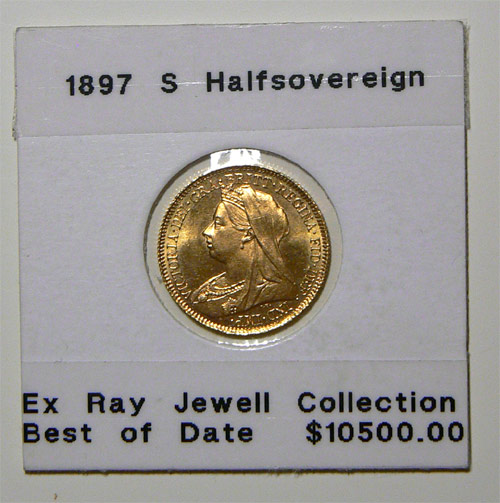
Coin presentation, circa 2006
Two attempts were made to establish a legitimate and reputable Australian professional coin grading service, starting with the Australian Coin Grading Service (ACGS) in the early 1990s and ending with CGA (Coin Grading Australia) a few years later. Although ACGS garnered a small following, neither ACGS nor CGA gained significant traction.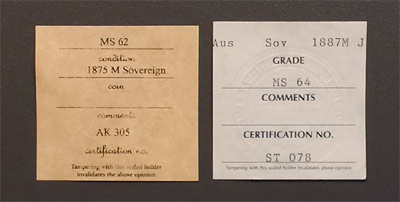
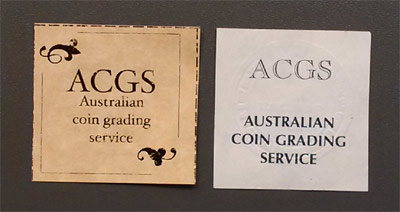
The front and back of the two styles of ACGS holders. Australia’s professional coin grading service
operated from the mid-1990s to about 2006.
PCGS finally arrived in Australia in a significant way in 2006. Numismatic veteran dealer Chris Buesnell debuted a full range of PCGS-certified Australian coins at the Petersham Super Fair and at ANDA Shows in Sydney and Melbourne.
It wasn’t long before I signed up myself. Combining third-party graded coins with internet sales seemed a perfect marriage of service and medium. Reception from other dealers was cool, to say the least. Only a few of the established dealers supported Chris Buesnell’s attempt to bring balance to the industry. Some were indifferent. A minority were “dead against” any attempt to swing the information pendulum toward the collector, and several dealers actively advertised against the US grading services and particularly PCGS.
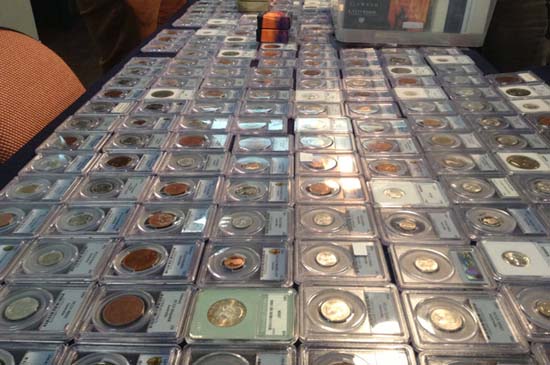
A common sight at Australian coins shows today: Rows and rows of mostly Australian professionally graded coins.
Collectors, on the other hand, generally welcomed the concept of professionally-graded Australian coins. Upon seeing their first “slabs” many collectors decided to start collecting Australian professionally-graded coins, right there on the spot. Others were ambivalent, and didn’t mind either way. Skeptics, upon seeing the quality of the high-grade Australian coins in PCGS slabs, became enamoured with the concept. Very few Australian collectors were “dead against” PCGS, and those that were had clearly been primed by the anti-PCGS dealers.
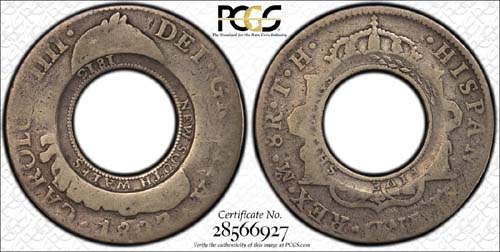
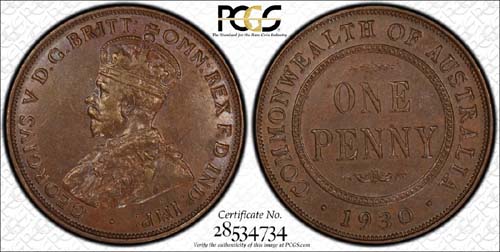
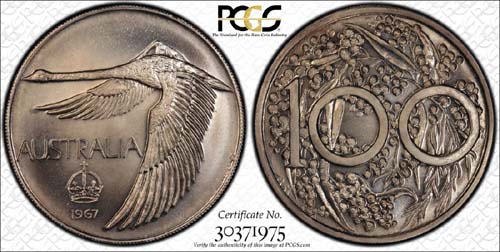
In addition to coin grading, PCGS also specialises in coin photography, which is a free service for all submissions at the “Secure Plus” level.
Today, in Australia, PCGS is the dominant professional coin grading service. Of those collectors who prefer professionally-certified coins, PCGS is the grading service of choice (and NGC is a distant second). Outside of the United States, the company has offices in Paris, Hong Kong, and Shanghai. (Sadly, they have yet to open an office here in Australia; hopefully, this will change.) As of November 2015, they have professionally graded over 31 million coins from all over the world, while the company itself is worth over AU$200 million. If you’re looking for a professional coin grading service with a worldwide reputation that has already graded tens of thousands of Australian coins, think PCGS—Australia’s professional coin grading service.
If you’d like to have your coins certified by PCGS, please visit my fee schedule here.
 Change website currency
Change website currency 






Comments